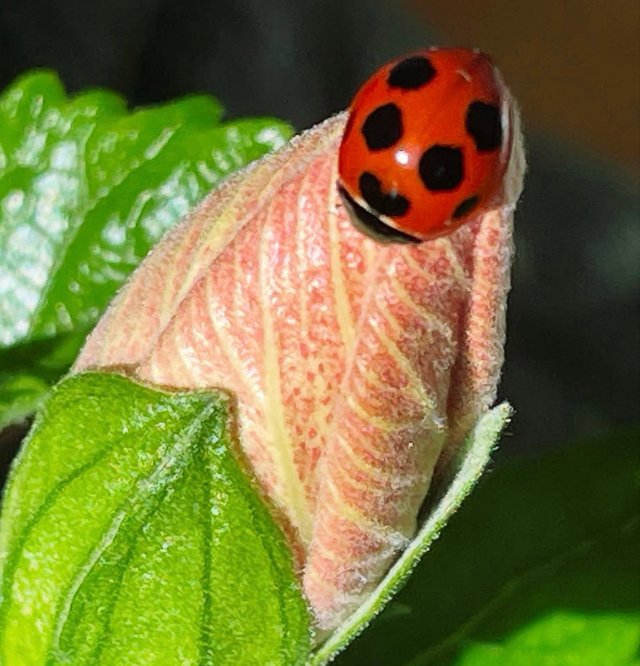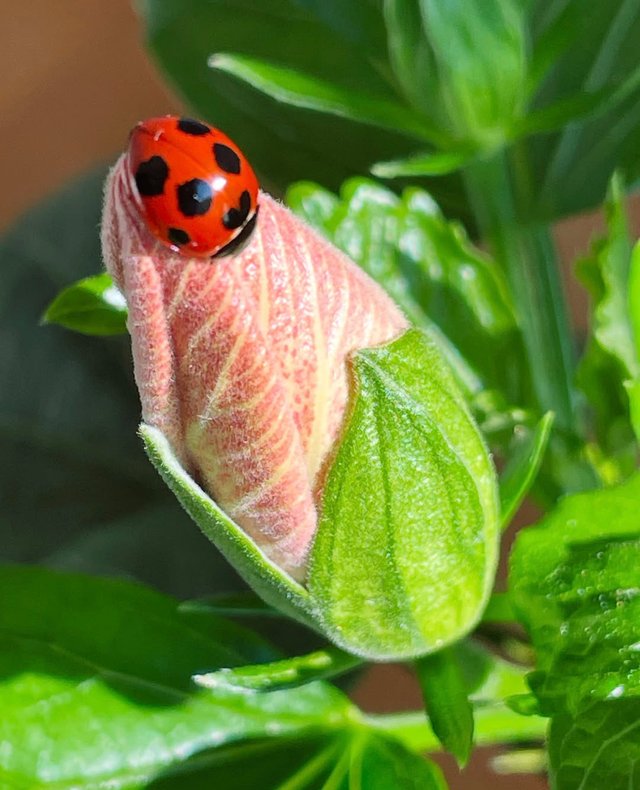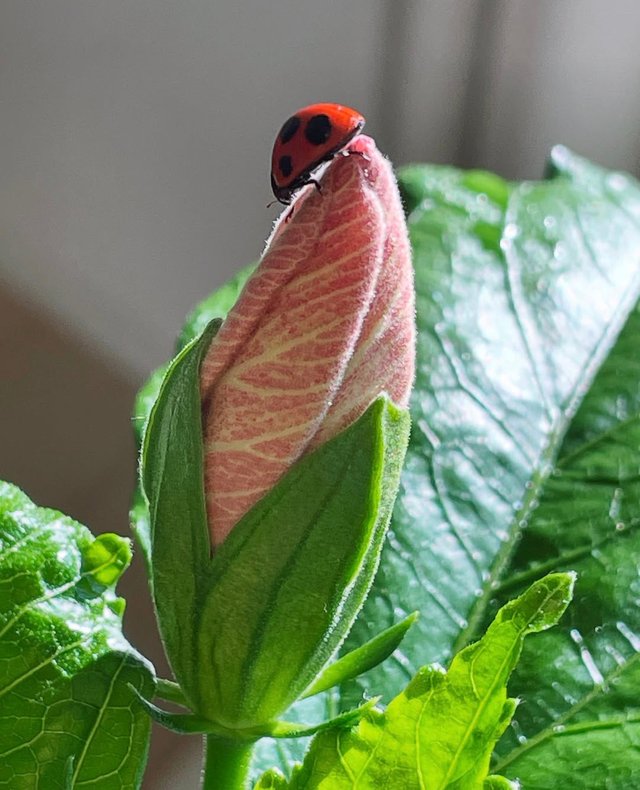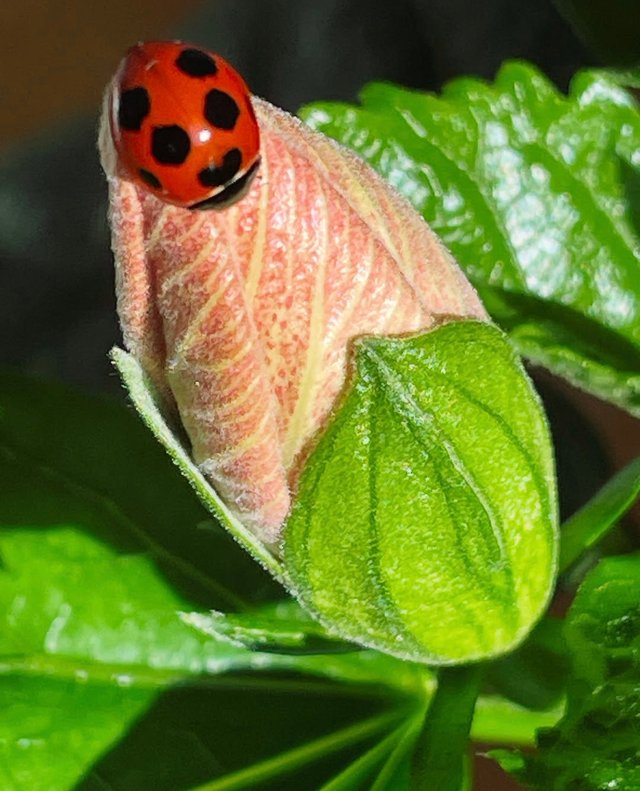Asian Lady Beetle
The Asian lady beetle (Harmonia axyridis) is a striking and complex insect. At first glance, it resembles the beloved native ladybug—brightly colored, speckled, and charismatic. But this particular species has a story that stretches across continents, weaving together ecological benefits and unexpected challenges. Originally introduced for pest control, the Asian lady beetle is now a widespread—and often controversial—presence in homes, gardens, and fields.Harmonia axyridis is native to East Asia, including parts of China, Japan, Korea, and Russia. In its native habitat, it plays an important role in regulating aphid and scale insect populations. Because of its voracious appetite for soft-bodied pests, it was introduced to various parts of the world—including North America and Europe—as a natural form of biological pest control, beginning in the early 20th century.
Intentional releases accelerated in the 1980s and 1990s in hopes that the beetle would reduce farmers' reliance on chemical insecticides. However, like many well-intended introductions, the Asian lady beetle eventually became invasive in some regions.Asian lady beetles are highly variable in appearance, which can make them hard to distinguish from native ladybug species. However, there are some identifying traits:Pronotum (the shield-like structure behind the head): Usually pale with a distinctive black "M" or "W" shape (depending on the angle).
One of the biggest issues with the Asian lady beetle is its tendency to seek out warm buildings in fall, especially older homes with cracks or poor insulation. In their native environments, they overwinter in cliffs and rock crevices. In urban and rural areas outside their native range, homes become substitutes.
During warm winter days or early spring, they may become active indoors, crawling on windows and walls. While they don't reproduce indoors, they can be a nuisance and sometimes emit a yellowish, foul-smelling liquid when disturbed—a defensive reaction called reflex bleeding. This fluid can stain walls and fabrics and may cause allergic reactions in sensitive individuals.Although initially introduced to benefit agriculture, Harmonia axyridis has had unintended consequences:Outcompetes native lady beetles: It can dominate habitats, reducing populations of native species such as the nine-spotted lady beetle (Coccinella novemnotata) in North America.




